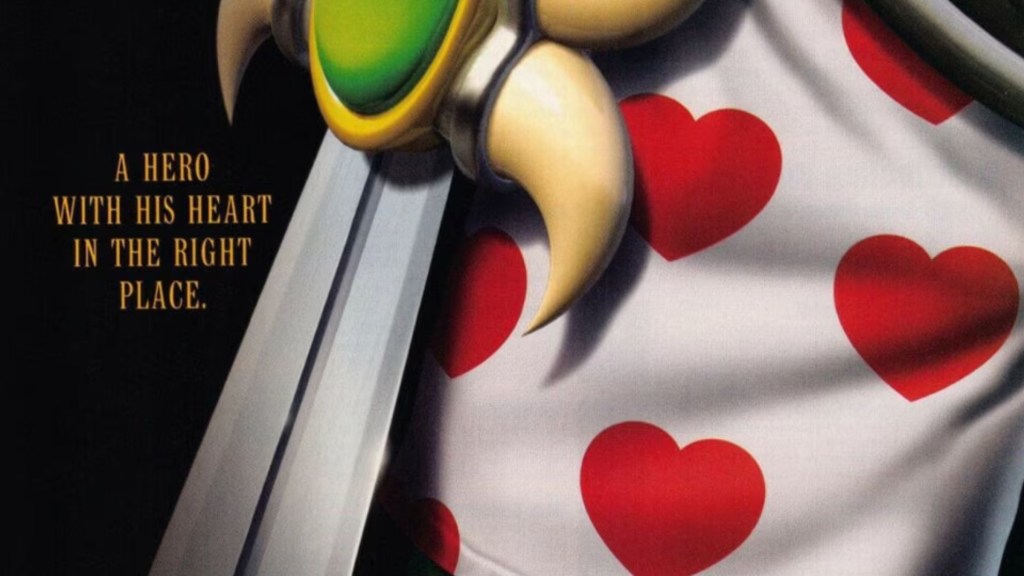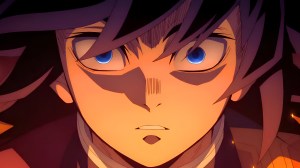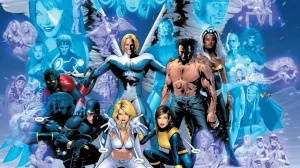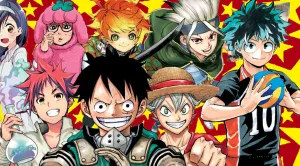The gaming reboot has been in place for decades, with several popular titles getting reimaginings to adhere to more modern gameplay styles and visual designs. Plenty have been good, but many have also felt too safe to be interesting. In many cases, these games feel like a return to better times instead of a unique and engaging experience on its own terms.
Videos by ComicBook.com
Maximo: Ghosts to Glory wasn’t a remake in the modern sense of the word. Rather than a direct sequel or a redux of the previous side-scrolling games, Capcom Digital Studios transformed that series into an open-ended action-adventure that retained the charm of the original while embracing new approaches to gameplay and story. It was challenging, memorable, and the perfect new chapter in a series that needed to be reinvented. Ghosts to Glory is the ideal gaming remake, and it remains a useful lesson for developers in the modern era.
A New Hero For The PS2 Generation

Maximo: Ghosts to Glory is one of the best examples of how a gaming reboot can pay tribute to the history of the series while still finding its own unique identity. Ghosts to Glory (as well as the 2003 sequel Maximo vs. Army of Zin) focused on Maximo, a warrior king who must overcome supernatural armies of the undead. Having been killed by the villainous Achille, Maximo makes a deal with the Grim Reaper to come back to life to stop the nefarious wizard from raising more of the dead. However, each resurrection comes with an increasing cost.
Conceived of by Digital Studio head David Siller (who previously worked on Crash Bandicoot and Aero the Acro-Bat) as a means of returning to a non-stop style of action gaming that had been overtaken in that era by other genres like the First-Person-Shooter. Maximo: Ghosts to Glory isn’t just a basic remake of the original game, but rather an entirely new title inspired by the game mechanics of the original.
Maximo: Ghosts to Glory is a deliberate throwback to Ghosts ‘n Goblins in a way that still reflected the shift to 3D and found its own energy. A big part of that is the character design by Susumu Matsushita, which lends the game a cartoony vibe that fits the source material and the somewhat light-hearted approach to a fantasy epic. With large environments and a spooky tenor, Maximo: Ghosts to Glory takes a potentially grim world and gives it the same kind of goofy energy that gave Ghosts ‘n Goblins such a memorable look. That innate sense of humor was felt all the way down to Maximo’s heart-covered boxer briefs, which serve as the indicator to the player that they are running low on health.
With a full orchestral score and quick-paced action that rewarded and punished risk with equal measure, Ghosts to Glory looked great for the era and has a distinctive enough color palette and design quality that it still works even from a modern perspective. What made the game really stand out was its difficulty. With each respawn costing more and more Death Coins the longer the playthrough went on, players were encouraged to explore and overcome the challenges of several different worlds and stages, raising the challenge for the player in some compelling ways. Combat was the key to story momentum, but the added layer of risk to respawning created a unique sense of dread in the players that raised the stakes in every confrontation. It never lost that spirit of the memorably difficult Ghosts ‘n Goblins, but still felt unique thanks to its tight action gameplay and large worlds.
Maximo Perfected The Game Reboot Over Two Decades Ago

In the modern era of gaming, reboots are a frequent occurrence. Titles like Metal Gear Solid Delta Snake Eater, Silent Hill 2 and Resident Evil 3 do a good job of recreating the spirit of the original games with quality of life improvements and updated graphics. There’s typically a fealty to these modern remakes that makes them feel more like updates or remasters than their own unique experiences. That’s where Maxino: Ghosts to Glory really shines, as a prime example of how far a remake can push the limits of that term while still feeling part of the whole.
Maximo: Ghosts to Glory is a very different game from Ghosts ‘n Goblins, but it modernizes aspects of the sidescroller. This includes the visual armor that can be torn apart by enemy attacks or purposefully goofy undead enemies. The remake takes the 16-bit score of the older games and revitalizes them with orchestrated remixes. Ghosts to Glory doesn’t need to be known as a remake or a reboot, and stands well on its own. It also takes on new meaning as a reimagining of those older games, carrying forward that fan-favorite game for a new generation.
Maximo’s combat is designed around attacks and blocks, an early precursor of the kind of action that titles like Dark Souls and Bloodborne have made use of to win over countless gamers around the world. It takes the push and pull of the side-scroller original in a new direction, highlighting how game developers could recontextualize older genres to fit into modern aesthetics and tastes. Critics at the time were complimentary of the game, highlighting the creative visuals, strong action, and challenging gameplay.
Over twenty years ago, Maximo: Ghosts and Glory proved that game remakes don’t have to be too aligned with the titles that inspired them. They could still feel original while referencing the past, true to the spirit of the history of the genre, while adjusting to modern gameplay innovations and standards. Maximo: Ghosts and Glory may be something of a footnote in gaming history now, but it remains one of the most underrated entries in the PS2 library and a lesson that modern developers should still take to heart.








